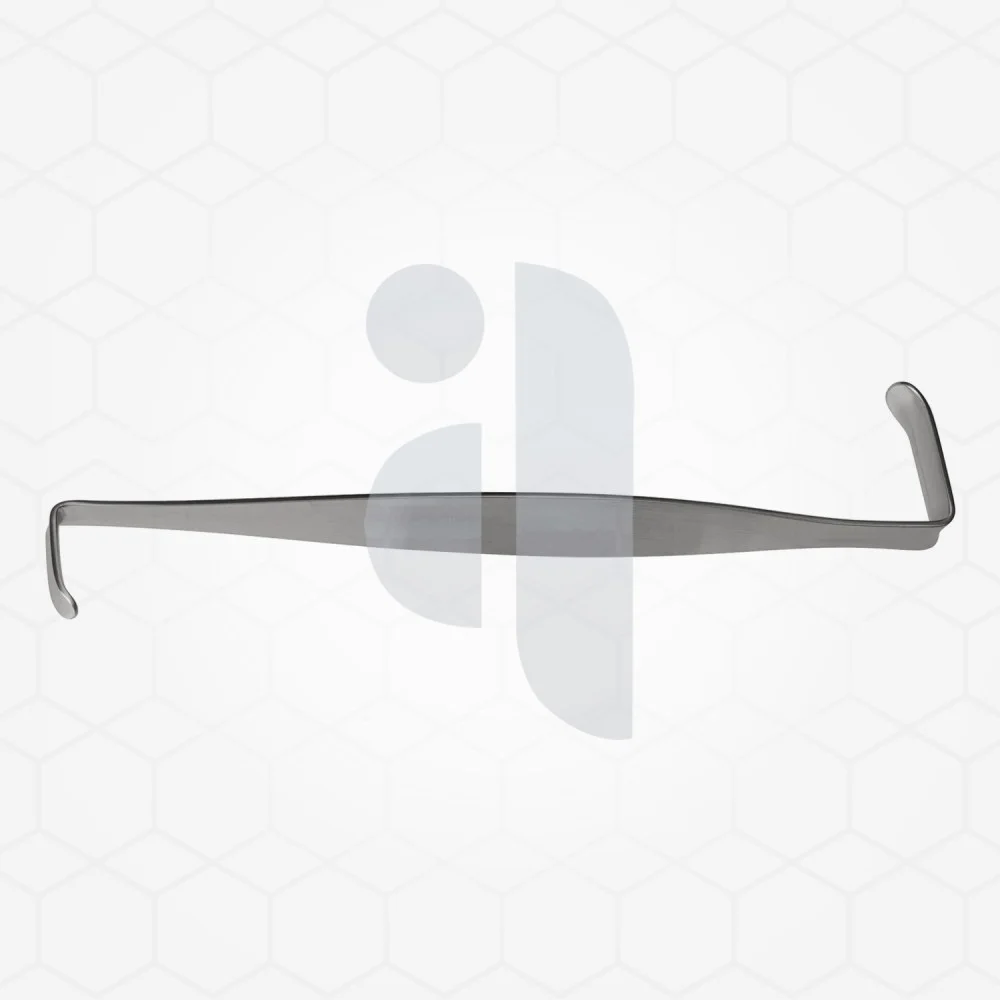The Essential Role of the Crile Retractor in Modern Surgery

Surgical procedures demand precision, control, and an unobstructed view of the operative field. Surgeons rely on a range of specialized instruments to achieve successful outcomes, and among the most fundamental of these is the retractor. At Azeemed Instruments, we understand that the quality of a tool can directly impact the quality of care. That is why we are committed to manufacturing superior surgical instruments, including the indispensable Crile retractor, designed to meet the exacting standards of medical professionals. This simple yet effective tool is a cornerstone of many surgical kits, valued for its reliability and versatility in providing clear visibility.

Understanding the Design and Functionality
The design of a surgical instrument is never arbitrary; it is the result of decades of medical innovation and a deep understanding of anatomical needs. The Crile retractor is a perfect example of form following function. It is a handheld, double-ended instrument, typically featuring a C-shaped, curved blade on one end and a right-angled L-shaped blade on the other. This dual-ended design offers surgeons flexibility, allowing them to choose the most appropriate blade for the tissue they need to hold back. Unlike more complex instruments such as the Charnley hip retractor, which is designed for specific, deep-field orthopedic procedures, this tool provides gentle yet firm retraction in a wide variety of general and minor surgeries. Its smooth, polished surfaces are crafted to minimize tissue trauma, ensuring that surrounding structures are protected while the surgical site is exposed. The ergonomic handle allows for a secure grip, reducing hand fatigue during prolonged use and giving the surgeon complete control.
Applications Across Diverse Surgical Specialties
The true value of an instrument is measured by its utility across different medical disciplines. The Crile retractor proves its worth time and again through its broad range of applications. In general surgery, it is frequently used to hold back skin, fat, and muscle layers during procedures like appendectomies or hernia repairs. Its relatively small size makes it ideal for delicate work where larger, more cumbersome retractors would be impractical. Otolaryngologists, or ENT surgeons, find it useful for providing exposure in the neck and throat area. Plastic and reconstructive surgeons also depend on this instrument for its ability to gently manage soft tissues during intricate procedures, ensuring aesthetic outcomes are not compromised. The instrument’s adaptability makes it a valuable asset in any operating room, from major hospitals to smaller outpatient clinics.
The Importance of High-Quality Materials and Manufacturing
The performance of any surgical tool is directly linked to the quality of its construction. Azeemed Instruments is dedicated to providing professionals with tools they can trust, which is why every Crile retractor we produce is forged from high-grade, surgical stainless steel. This material is selected for its exceptional durability, corrosion resistance, and ability to withstand repeated sterilization cycles without degrading. Our manufacturing process involves meticulous attention to detail, from the initial forging to the final polishing. Each instrument is subject to rigorous quality control checks to ensure it meets international standards for sharpness, balance, and structural integrity. A poorly made instrument can bend, break, or corrode, posing a significant risk to patient safety. By investing in premium materials and expert craftsmanship, we ensure that every tool is a reliable partner in the operating room.
Maintaining and Sterilizing Your Surgical Instruments
Proper care is essential to extending the life and maintaining the performance of surgical instruments. For a tool like the Crile retractor, a consistent maintenance and sterilization protocol ensures it remains safe and effective for every procedure. Immediately after use, instruments should be rinsed to remove gross contaminants before undergoing a thorough cleaning process with appropriate enzymatic cleaners. Following cleaning, the instruments must be properly sterilized, typically using an autoclave. It is crucial to follow the manufacturer’s guidelines for temperature, pressure, and cycle time to achieve complete sterilization without damaging the instrument. Regular inspection for any signs of wear, pitting, or damage is also recommended. At Azeemed Instruments, we create tools built to last, but their longevity is a shared responsibility between the manufacturer and the medical professional who uses them. This partnership ensures that every surgical procedure is performed with instruments that are in optimal condition, upholding the highest standards of patient care.
- Art
- Causes
- Crafts
- Dance
- Drinks
- Film
- Fitness
- Food
- Giochi
- Gardening
- Health
- Home
- Literature
- Musica
- Networking
- Altre informazioni
- Party
- Religion
- Shopping
- Sports
- Theater
- Wellness


